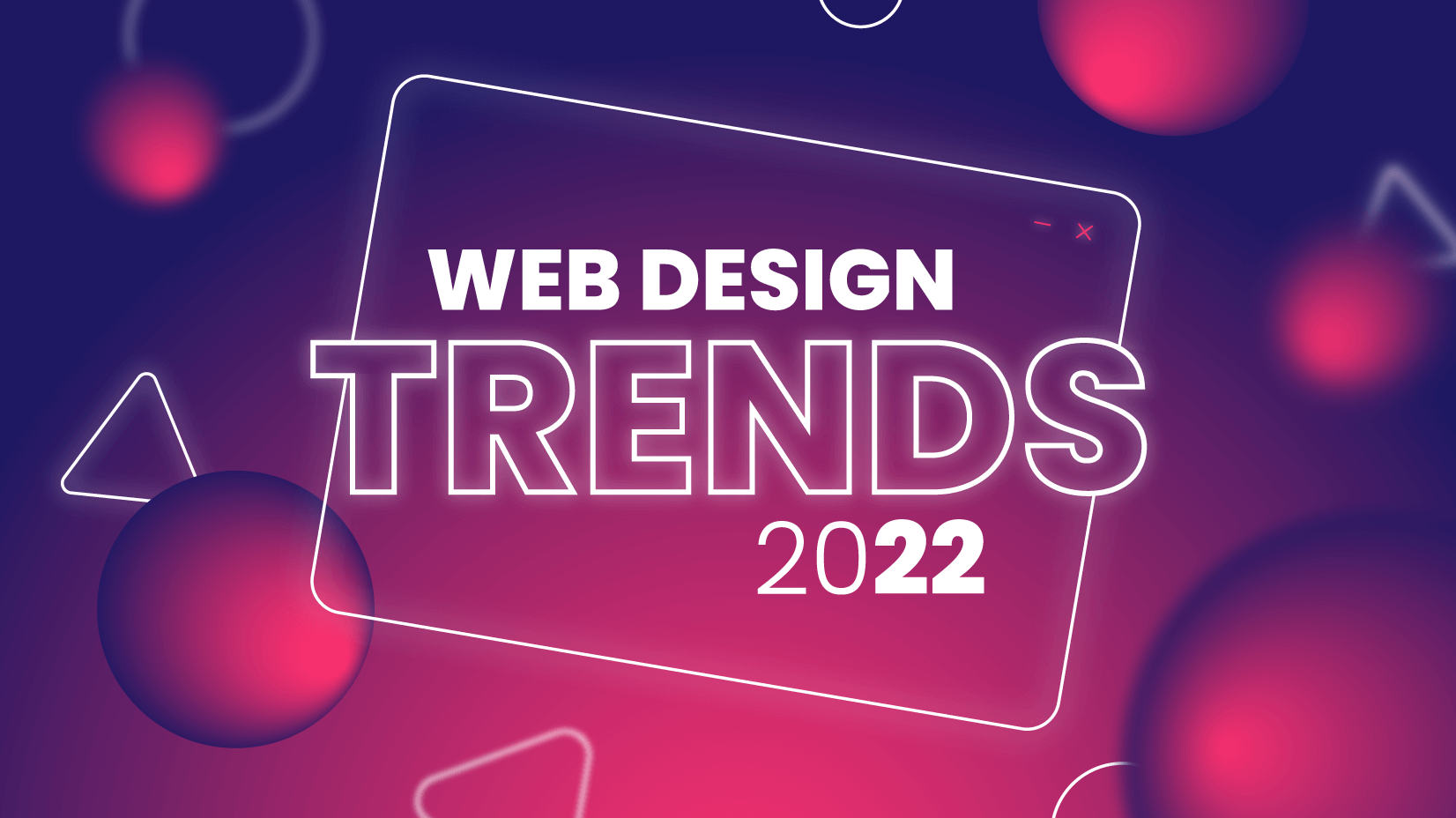Index Surge: Amplifying Your Insights
Stay updated with the latest trends and news across various industries.
When Flat Design Takes a Dive: Trending Waves in Web Aesthetics
Explore the latest trends in web aesthetics as flat design takes a backseat—dive into what's making waves in digital creativity!
Exploring the Shift: Why Web Designers Are Moving Beyond Flat Design
The landscape of web design is continually evolving, and a significant shift is occurring as designers move beyond flat design. This transition stems from the need for more immersive and engaging user experiences. While flat design, characterized by its minimalistic approach and lack of three-dimensional elements, has been popular for its clean aesthetic, it often falls short in offering users the visual cues necessary for intuitive navigation. As user expectations rise, designers are increasingly embracing depth, texture, and interactivity—elements that can greatly enhance usability and provide a more memorable experience.
Moreover, the rise of responsive design has made it more crucial for web designers to adapt their methods. With diverse devices and screen sizes becoming the norm, incorporating layers, shadows, and dynamic elements allows for greater adaptability and functionality across platforms. As a result, techniques such as neumorphism and material design are gaining traction, blending aesthetics with usability. This shift not only caters to modern design trends but also prioritizes user engagement, ultimately leading to higher retention rates and better overall satisfaction with the web experience.

The Rise of Skeuomorphism: A Look at Modern Web Aesthetics
Skeuomorphism has made a remarkable comeback in modern web design, a trend characterized by its ability to merge real-world aesthetics with digital interfaces. This design philosophy utilizes familiar textures, shapes, and virtual elements that mimic their physical counterparts, creating an intuitive experience for users. In a world increasingly dominated by flat design and minimalism, the revival of skeuomorphism offers a refreshing nostalgia that evokes emotional connections, making websites not only more engaging but also functionally relatable.
As we witness the rise of skeuomorphism, designers are increasingly drawing inspiration from familiar concepts such as buttons that appear clickable or icons that resemble real-life objects. This approach can be particularly beneficial for enhancing user experience, as it helps bridge the gap between digital interactions and tangible sensations. For example, businesses focusing on e-commerce can utilize skeuomorphic elements to recreate the tactile experience of shopping, ultimately leading to higher conversion rates and customer satisfaction.
Is Your Website Ready for a Design Overhaul? Trends to Watch in 2023
As we move further into 2023, website design is poised for a major transformation. Businesses must be vigilant and proactive, asking themselves: Is your website ready for a design overhaul? Key trends that are dominating this year's landscape include minimalist design, dark mode, and immersive micro-interactions. These elements not only enhance user experience but also significantly improve site performance. A streamlined, visually appealing website not only attracts visitors but also encourages them to stay longer, thus reducing bounce rates and boosting conversions.
Moreover, the emphasis on mobile-first design cannot be understated. With a growing number of users accessing websites via mobile devices, it's crucial to ensure that your site looks and functions flawlessly across all platforms. Aspects such as responsive design and fast load times are vital. Additionally, incorporating AI-driven personalization can provide users with tailored experiences, making your website stand out in a crowded digital landscape. So, as you contemplate an overhaul, keep these trends in mind to ensure your website not only meets but exceeds the expectations of today’s internet users.